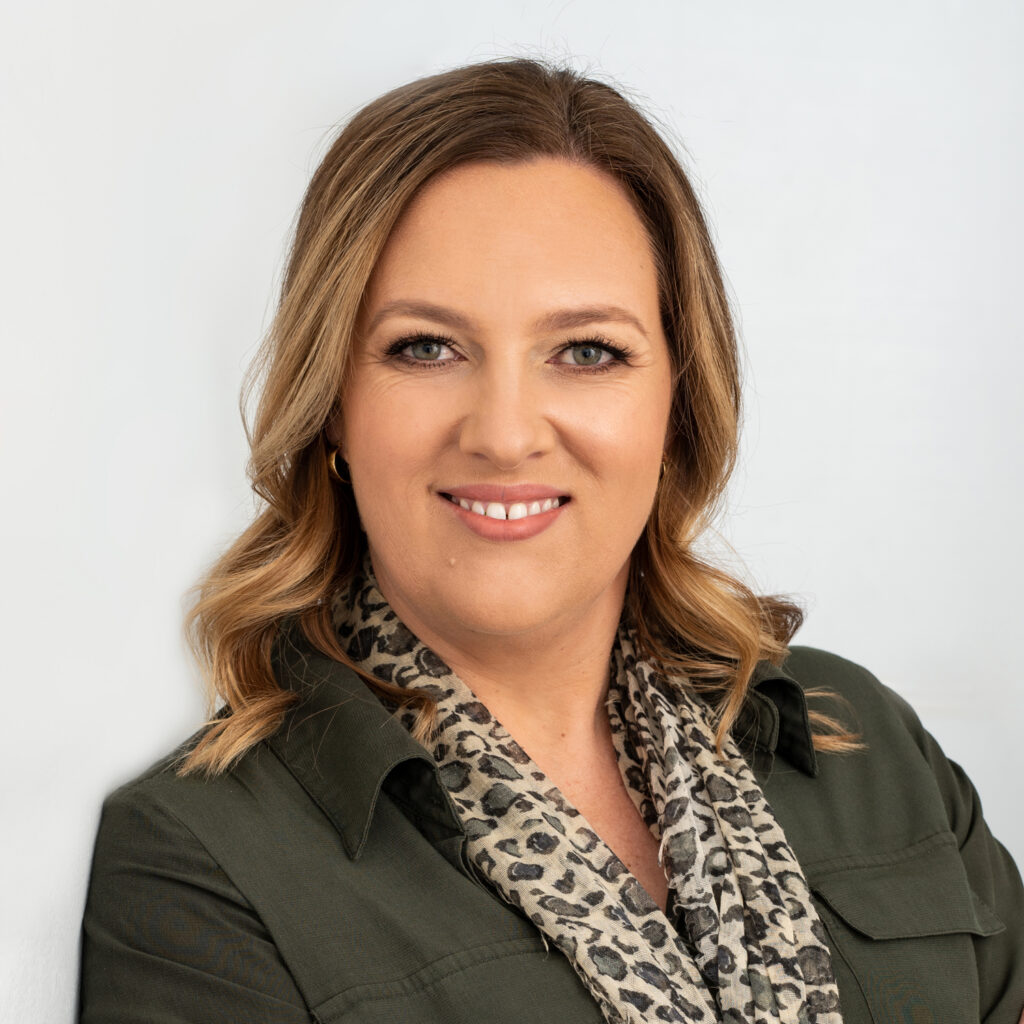There is opportunity for providers to re-create their workforce strategy as part of steps to address key challenges, industry experts Tash Edwards and Jennene Buckley write in the ninth article in this series.
Priority 9: Reimagine your workforce strategy
Attraction and retention of the aged care workforce is no doubt the highest risk item on boards and executive agendas industry wide. The Australian Nursing and Midwifery Federation survey of nearly 1,000 aged care nurses and care workers earlier this year found 37 per cent planned to leave within one-five years and one in five planned to leave in the next 12 months.
The latest report from the Committee for Economic Development of Australia suggests that the sector is expected to face a shortfall of around 35,000 direct aged care workers this year alone.

Tash Edwards
In addition to our local challenges, we have macro trends affecting the way we work. Digital technologies are expected to transform one-third of all jobs in the next 10 years and 87 per cent of jobs now require digital skills.
COVID has also added additional pressures with the great resignation affecting multiple industries. The demand for flexible working hours, work-life balance and job satisfaction are all key decision drivers for job seekers.
Whilst we acknowledge that improving the pay of aged care workers is a critical step in addressing our workforce challenges, there is also an opportunity for providers to reimagine their workforce strategy.
Re-think recruitment
Develop a targeted and tactical recruitment strategy that includes partnerships with tertiary and secondary institutions and employment and training organisations that help you build a pipeline of skilled workers. Offer placement and cadetship opportunities across the organisation and ensure the job-seeker journey is easy, a great experience and a short timeframe from enquiry to job offer.
Role design
Review all current roles, including their skill sets and daily activities, against what will be needed in the new aged care system from both a client experience and compliance perspective. How can you ensure that staff are working at the top of their scope of practice and ability? How can you free up skilled staff to take care of the more complex activities?
Rethink your structure
Create fluid structures that enable people to be moved and shared among different departments as their skills are needed. Structure your organisation in a way that enables your leaders to be ambidextrous so they can exploit and improve their current operations and have time for innovation and service transformation.
Employee experience
Similar to client journeys, you need to know your staff journey – the pain points and the moments that matter. Take what you learn and inform how you approach all aspects of the employer-employee relationship. Don’t rely on an annual survey. Look at how you can capture sentiment from staff constantly and using these insights and observations to improve your employee experience.
Think micro and plan learning and development
Ensure your learning and development activities are planned and designed to deliver on your strategy and meet the constant era of change. Include soft and technical skills packaged into timely bite-sized content. Consider reward programs, such as badging and points, to motivate learners to take ownership of their own development.
Enabling technology
Look to enabling technologies that can help you find efficiencies and generate data for decision making. These include rostering, workforce management, communication and care applications. Remove mundane tasks and free staff up to do the things they care about – caring for your clients.
Tash Edwards and Jennene Buckley are founding partners at Enkindle Consulting, which provides business advisory, strategic and operational planning, and transformation service to the aged care sector.
This post is part of Jennene Buckley’s Top 10 Strategies to Reform Success, published by the Australian Ageing Agenda.
Image Source: Australian Ageing Agenda
